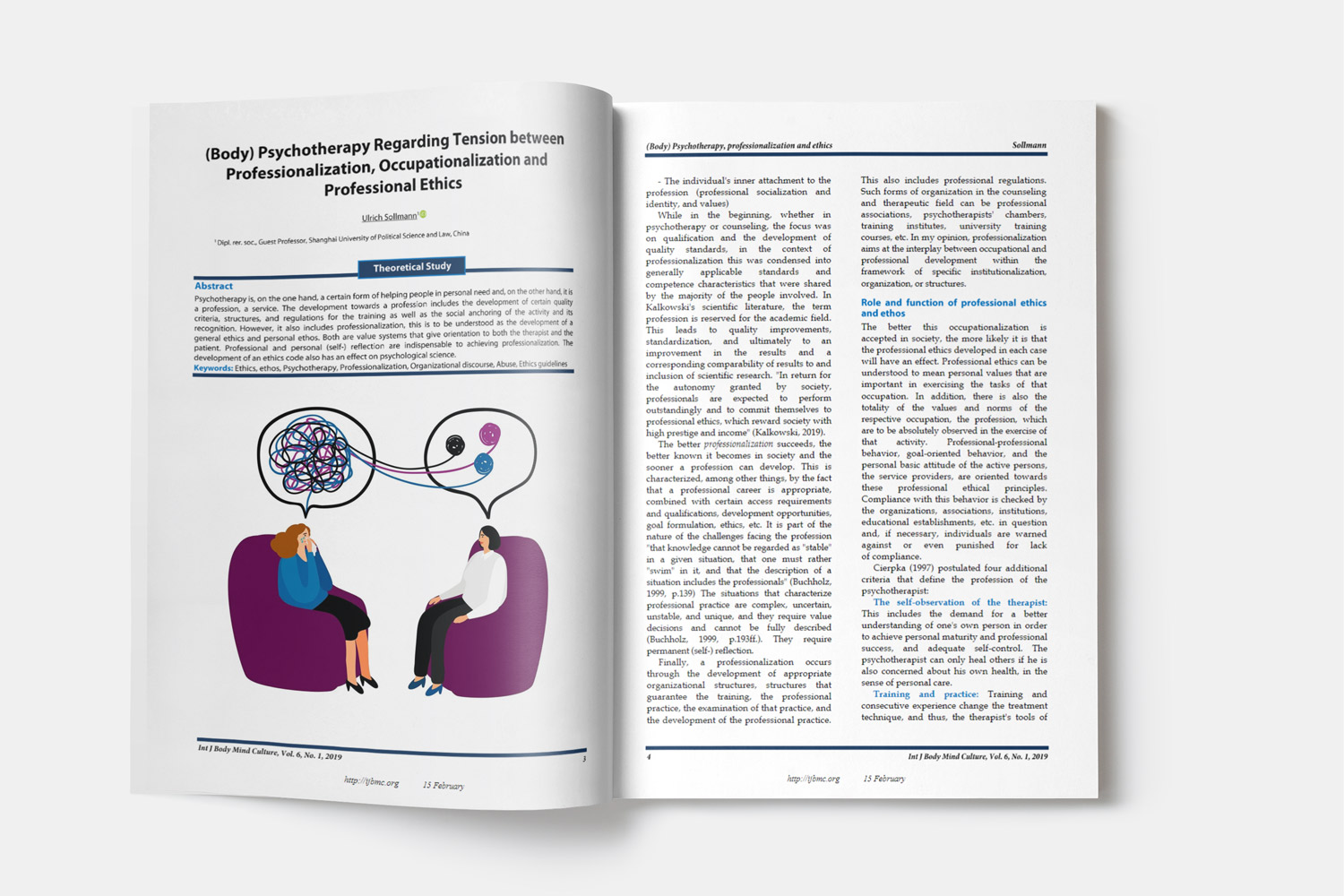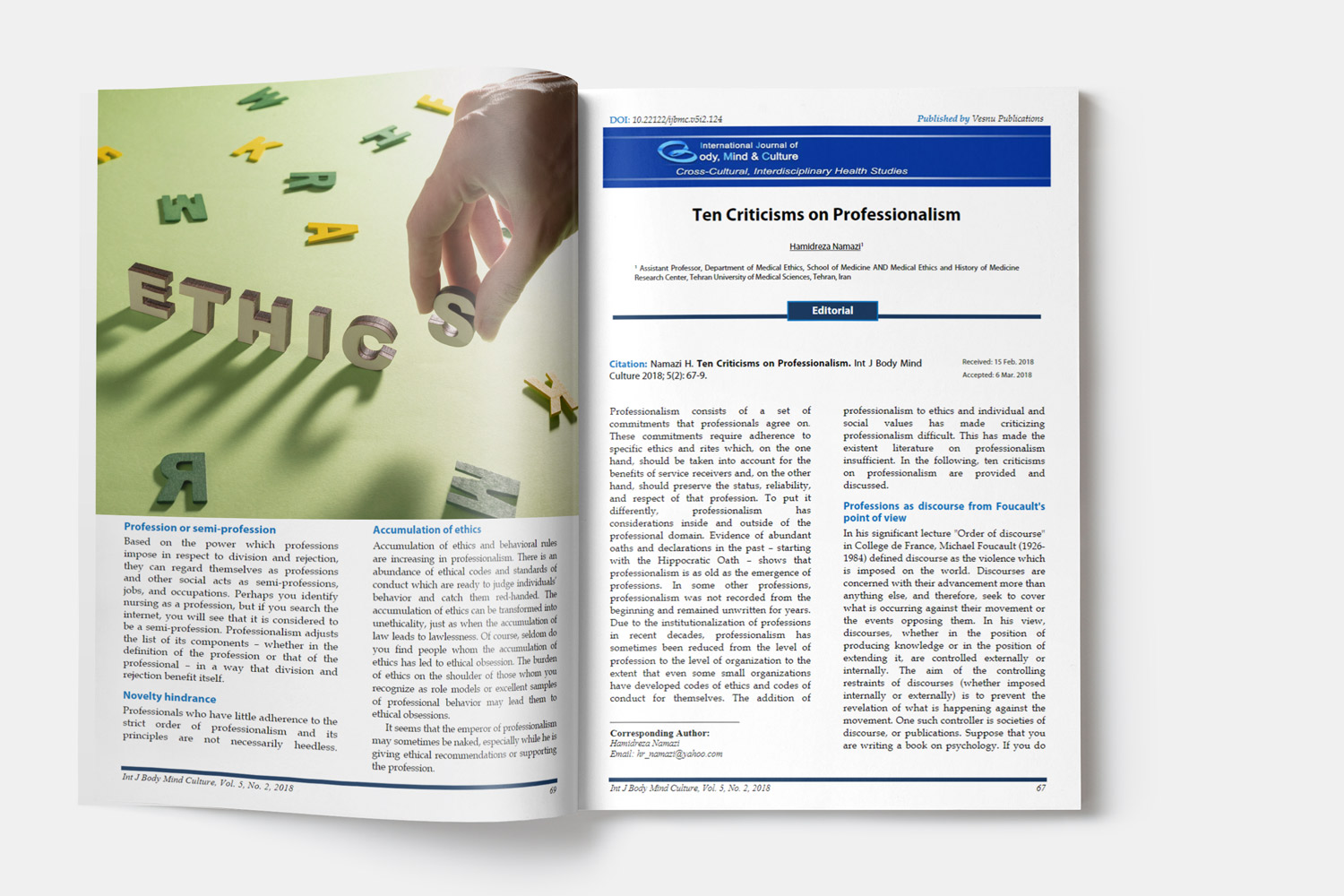The Prevalence and Determinants of Suicidal Behaviors in the Central Region of Iran
Downloads
Background: Today, there are great concerns about the high frequency of suicidal attempts which are a major health problem. Identifying the prevalence of suicide and its predisposing elements could be helpful in preventing suicide.
Methods: This prospective study was conducted in an emergency ward of a local hospital in a small city in the central region of Iran. The study duration was one year from 8 April 2011 to 7 April 2012. We collected demographic, psychosocial, and suicide characteristics, and the time of referral of a total of 466 patients who had referred to the hospital due to suicidal attempts.
Results: The mean age of suicidal patients was 24.97 ± 10.05 years. Participants who were between 15 and 24 years of age had the highest rate of suicide attempt regardless of age. The suicidal attempt rate during the study period was 300.1 and 153.5 per 100.000 in females and males, respectively. Most attempted suicide patients were single and undergraduated. Approximately 60.8% of male and 63.3% of female subjects had depression with different severity. We observed higher frequency of stressors in males compared to females (p = 0.007). Moreover, the main cause of suicide was relational problem in both genders. Suicidal thought was reported in about 41.5% of patients before attempting suicide. In 4.7%, 12.2%, and 12.9% of our study subjects a positive past history, plan for suicide, and family history of suicidal attempt were reported. Nearly 75.9% of suicidal attempts occurred between 1 pm to 12 am. The highest rate of suicidal attempts was observed in summer and the lowest rate in winter.
Conclusion: Given our findings regarding specified suicide determinants in the present study, we believe interventions need to target young age groups and focus on providing social support settings in places such as schools and referral centers with educated individuals on communication and problem solving skills.
Downloads
Aghanwa, H. (2004). The determinants of attempted suicide in a general hospital setting in Fiji Islands: a gender-specific study. Gen Hosp.Psychiatry, 26(1), 63-69. doi:S0163834303000987 [pii]. Retrieved from PM:14757305
Aghanwa, H. S. (2000). The characteristics of suicide attempters admitted to the main general hospital in Fiji Islands. J Psychosom.Res, 49(6), 439-445. doi:S0022-3999(00)00193-8 [pii]. Retrieved from PM:11182438
Alberdi-Sudupe, J., Pita-Fernandez, S., Gomez-Pardinas, S. M., Iglesias-Gil-de-Bernabe, F., Garcia-Fernandez, J., Martinez-Sande, G. et al. (2011). Suicide attempts and related factors in patients admitted to a general hospital: a ten-year cross-sectional study (1997-2007). BMC.Psychiatry., 11, 51. doi:1471-244X-11-51 [pii];10.1186/1471-244X-11-51 [doi]. Retrieved from PM:21453478
Atay, I. M., Eren, I., & Gundogar, D. (2012). The prevalence of death ideation and attempted suicide and the associated risk factors in Isparta, Turkey. Turk.Psikiyatri.Derg., 23(2), 89-98. doi:842 [pii]. Retrieved from PM:22648871
Bhugra, D., & Desai, M. (2002). Attempted suicide in South Asian women. Adv Psychiatr Treat, 8, 418-423.
Devrimci-Ozguven, H., & Sayil, I. (2003). Suicide attempts in Turkey: results of the WHO-EURO Multicentre Study on Suicidal Behaviour. Can.J Psychiatry, 48(5), 324-329. Retrieved from PM:12866338
Dieserud, G., Gerhardsen, R. M., Van den Weghe, H., & Corbett, K. (2010). Adolescent suicide attempts in Baerum, Norway, 1984-2006. Crisis, 31(5), 255-264. doi:N53704180722V433 [pii];10.1027/0227-5910/a000030 [doi]. Retrieved from PM:21134845
Douki, S., Zineb, S. B., Nacef, F., & Halbreich, U. (2007). Women's mental health in the Muslim world: cultural, religious, and social issues. J Affect.Disord., 102(1-3), 177-189. doi:S0165-0327(06)00428-9 [pii];10.1016/j.jad.2006.09.027 [doi]. Retrieved from PM:17291594
Eckersley, R., & Dear, K. (2002). Cultural correlates of youth suicide. Soc Sci Med, 55(11), 1891-1904. doi:S0277953601003197 [pii]. Retrieved from PM:12406459
Ghoreishi, S. A., & Mousavinasab, N. (2008). Systematic review of researches on suicide and suicide attempt in Iran. Iran J Psychiatry Clin Psychol, 14(2), 115-121.
Goldston, D. B., Molock, S. D., Whitbeck, L. B., Murakami, J. L., Zayas, L. H., & Hall, G. C. (2008). Cultural considerations in adolescent suicide prevention and psychosocial treatment. Am Psychol, 63 (1), 14-31. doi:2007-19520-002 [pii];10.1037/0003-066X.63.1.14 [doi]. Retrieved from PM:18193978
Haukka, J., Suominen, K., Partonen, T., & Lonnqvist, J. (2008). Determinants and outcomes of serious attempted suicide: a nationwide study in Finland, 1996-2003. Am J Epidemiol., 167(10), 1155-1163. doi:kwn017 [pii];10.1093/aje/kwn017 [doi]. Retrieved from PM:18343881
Hosseinpour, M., Ghaffari, S. M., & Mehrabizadeh, M. (2004). A study on the incentives of suicide attempts among adolescents referred to Golestan hospital of Ahwaz in 2000-2001. Jundishapur Sci Med J, 4(41), 24-30.
Janghorbani, M., & Sharifirad, G. (2005). Completed and attempted suicide in ilam, iran (1995-2002): incidence and associated factors. Arch Iran Med, 8(2), 119-126.
Keyvanara, M., & Haghshenas, A. (2011). Sociocultural contexts of attempting suicide among Iranian youth: a qualitative study. East.Mediterr.Health J, 17(6), 529-535. Retrieved from PM:21796972
Kroenke, K., Spitzer, R. L., & Williams, J. B. (2001). The PHQ-9: validity of a brief depression severity measure. J Gen Intern.Med, 16(9), 606-613. doi:jgi01114 [pii]. Retrieved from PM:11556941
Kuo, W. H., Gallo, J. J., & Tien, A. Y. (2001). Incidence of suicide ideation and attempts in adults: the 13-year follow-up of a community sample in Baltimore, Maryland. Psychol Med, 31(7), 1181-1191. Retrieved from PM:11681544
Lester, D. (2008). Suicide and culture. World Cultural Psychiatry Research Review, 3(2), 51-68.
Malakouti, S. K., Nojomi, M., Bolhari, J., Hakimshooshtari, M., Poshtmashhadi, M., & De, L. D. (2009). Prevalence of suicide thoughts, plans and attempts in a community sample from Karaj, Iran. Community Ment.Health J, 45(1), 37-41. doi:10.1007/s10597-008-9173-4 [doi]. Retrieved from PM:19051014
Mohebbi, I., & Boushehri, B. (2006). Effect of stressors on attempting suicide with chemicals: a review of 400 cases. Urmia Med J, 219(225).
Moradi AR, Moradi R, & Mostafavi E. (2010). A survey of the rate and effective factors on suicide in Bahar. J Res Behav Sci, 10(1), 50-58.
Nojomi, M., Malakouti, S. K., Bolhari, J., & Poshtmashhadi, M. (2007). A predictor model for suicide attempt: evidence from a population-based study. Arch Iran Med, 10(4), 452-458. doi:007 [pii];07104/AIM.007 [doi]. Retrieved from PM:17903049
Pajoumand, A., Talaie, H., Mahdavinejad, A., Birang, S., Zarei, M., Mehregan, F. F. et al. (2012). Suicide epidemiology and characteristics among young Iranians at poison ward, Loghman-Hakim Hospital (1997-2007). Arch Iran Med, 15(4), 210-213. doi:007 [pii];012154/AIM.007 [doi]. Retrieved from PM:22424037
Phillips, M. R. (2010). Rethinking the role of mental illness in suicide. Am J Psychiatry, 167(7), 731-733. doi:167/7/731 [pii];10.1176/appi.ajp.2010.10040589 [doi]. Retrieved from PM:20595422
Portes, P. R., Sandhu, D. S., & Longwell-Grice, R. (2002). Understanding adolescent suicide: a psychosocial interpretation of developmental and contextual factors. Adolescence., 37(148), 805-814. Retrieved from PM:12564830
Roohafza, H., Ramezani, M., Sadeghi, M., Shahnam, M., Zolfagari, B., & Sarafzadegan, N. (2011). Development and validation of the stressful life event questionnaire. Int.J Public Health, 56(4), 441-448. doi:10.1007/s00038-011-0232-1 [doi]. Retrieved from PM:21327856
Sali, R., Roohafza, H., Sadeghi, M., Andalib, E., Shavandi, H., & Sarrafzadegan, N. (2013). Validation of the revised stressful life event questionnaire using a hybrid model of genetic algorithm and artificial neural networks. Comput.Math.Methods.Med, 2013, 601640. doi: 10.1155/2013/601640 [doi]. Retrieved from PM:23476715
Sheikholeslami, H., Kani, C., & Ziaee, A. (2013). Survey of presipitating factors of suicide attempts in prsons who referred to emergency department. J Guilan Univ Med Sci, 17(65), 77-87.
Shirazi, H. R., Hosseini, M., Zoladl, M., Malekzadeh, M., Momeninejad, M., Noorian, K. et al. (2012). Suicide in the Islamic Republic of Iran: an integrated analysis from 1981 to 2007. East.Mediterr.Health J, 18(6), 607-613. Retrieved from PM:22888617
Ting, S. A., Sullivan, A. F., Boudreaux, E. D., Miller, I., & Camargo, C. A., Jr. (2012). Trends in US emergency department visits for attempted suicide and self-inflicted injury, 1993-2008. Gen Hosp.Psychiatry, 34(5), 557-565. doi:S0163-8343(12)00103-X [pii];10.1016/j.genhosppsych.2012.03.020 [doi]. Retrieved from PM:22554432
Valtonen, H., Suominen, K., Partonen, T., Ostamo, A., & Lonnqvist, J. (2006). Time patterns of attempted suicide. J Affect.Disord., 90(2-3), 201-207. doi:S0165-0327(05)00360-5 [pii];10.1016/j.jad.2005.12.004 [doi]. Retrieved from PM:16412521
van Heeringen, K (2001). Understanding suicidal behaviour: the suicidal process approach to research, treatment and prevention. London, UK: Wiley.
Vijayakumar, L., Pirkis, J., Huong, T. T., Yip, P., Seneviratne, R. D. A., & Hendin, H. (2008). Socio-economic, cultural and religious factors affecting suicide prevention in Asia. Suicide and Suicide Prevention in Asia. Geneva, Switzerland: World Health Organization, 19-30.
Wei, S., Liu, L., Bi, B., Li, H., Hou, J., Chen, W. et al. (2013). Comparison of impulsive and nonimpulsive suicide attempt patients treated in the emergency departments of four general hospitals in Shenyang, China. Gen Hosp.Psychiatry, 35(2), 186-191. doi:S0163-8343(12)00333-7 [pii];10.1016/j.genhosppsych.2012.10.015 [doi]. Retrieved from PM:23260336
World Health Organization. (2009). Suicide prevention. Geneva, Switzerland: WHO.
Zhang, J., McKeown, R. E., Hussey, J. R., Thompson, S. J., & Woods, J. R. (2005). Gender differences in risk factors for attempted suicide among young adults: findings from the Third National Health and Nutrition Examination Survey. Ann.Epidemiol., 15(2), 167-174. doi:S1047-2797(04)00245-5 [pii];10.1016/j.annepidem.2004.07.095 [doi]. Retrieved from PM:15652723
Zimet, G. D., Dahlem, N., Zimet, S. G., & Farley, G. (1988). The Multidimensional scale of perceived social support. J Pers Assess, 52(1), 30-41.

This work is licensed under a Creative Commons Attribution-NonCommercial 4.0 International License.















